Table of content
Chestnut-infused liquor, a traditional beverage celebrated in various cultures for its rich flavor and potential health benefits, has gained popularity among homebrew enthusiasts and connoisseurs alike. The process of infusing chestnuts into alcohol involves a delicate balance of time, temperature, and ingredients. One of the most frequently asked questions by novice and experienced brewers alike is: How long should chestnuts be soaked in alcohol to achieve the perfect infusion? This article delves into the science, artistry, and practical considerations behind determining the ideal soaking duration for chestnut-infused liquor, offering insights into creating a beverage that marries complexity, aroma, and smoothness.
Understanding the Basics of Chestnut Infusion
Before exploring timeframes, it is essential to grasp the fundamental principles of infusion. Infusion occurs when the soluble compounds in chestnuts—such as sugars, starches, tannins, and aromatic oils—dissolve into the alcohol. This process is influenced by several factors:
- Alcohol Concentration: Higher alcohol content (e.g., 40% ABV or above) extracts compounds more aggressively but may overwhelm delicate flavors if left unchecked.
- Chestnut Variety and Preparation: Fresh, dried, roasted, or raw chestnuts impart different flavor profiles. Roasting, for instance, caramelizes sugars and intensifies nutty notes.
- Temperature: Warmer environments accelerate extraction but risk spoilage if not controlled.
- Oxygen Exposure: Limited air contact preserves freshness but may slow maturation.
The soaking duration acts as the conductor of this symphony, harmonizing these variables into a cohesive final product.
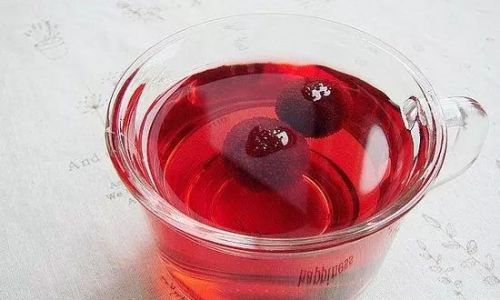
The Role of Time in Flavor Development
Time is the most critical variable in chestnut infusion. It directly impacts the beverage’s taste, aroma, and texture. Here’s a breakdown of how soaking duration influences the liquor:
Short-Term Infusion (1–4 Weeks)
Flavor Profile: Light, subtle, and fresh.
- Week 1: The alcohol begins to extract surface-level compounds, resulting in a mildly sweet aroma with hints of raw chestnut.
- Week 2: Early tannins emerge, adding a slight astringency. The liquor takes on a pale amber hue.
- Week 3–4: Flavors deepen, with notes of toasted marshmallow and caramelized sugar becoming noticeable. The texture remains relatively thin.
Best For: Those seeking a delicate, easy-drinking liquor with minimal bitterness. Ideal for mixing into cocktails or serving chilled.
Caveats: Short soaks may leave underdeveloped complexity, and the liquor risks tasting “watered-down” if the alcohol content is too low.
Medium-Term Infusion (5–8 Weeks)
Flavor Profile: Balanced, robust, and layered.
- Week 5–6: Tannins and starches fully integrate, creating a velvety mouthfeel. Nutty, buttery flavors dominate.
- Week 7–8: The liquor develops a golden-brown hue. Aromas of vanilla, cinnamon, and dried fruit may surface, depending on additional ingredients (e.g., cinnamon sticks, cloves).
Best For: Versatile sipping liquor or a base for premium cocktails. Strikes a harmony between approachability and depth.
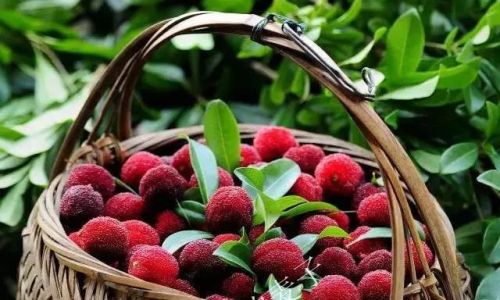
Caveats: Over-infusion beyond eight weeks may introduce bitterness, especially if using high-tannin chestnut varieties.
Long-Term Infusion (9+ Weeks)
Flavor Profile: Intense, complex, and aged.
- Month 3: The liquor transforms into a dark mahogany shade. Flavors concentrate, with pronounced umami notes and a lingering finish.
- Month 4–6: Oxidation and slow chemical reactions mellow harsh edges, yielding a smooth, almost sherry-like character. Aromas of leather, tobacco, and dark chocolate may emerge.
Best For: Aged spirits meant for slow sipping or pairing with rich desserts. Appeals to enthusiasts of barrel-aged liquors.
Caveats: Requires strict environmental control (stable temperature, minimal light) to prevent spoilage. Not recommended for beginners due to the risk of over-extraction.
Factors Influencing Soaking Duration
While the timelines above provide a framework, flexibility is key. Adjustments may be necessary based on:
- Chestnut-to-Alcohol Ratio: A higher ratio (e.g., 1:2 chestnuts to alcohol by volume) shortens infusion time due to increased surface area exposure.
- Alcohol Type: Neutral spirits like vodka extract flavors faster than grain alcohol or whiskey, which have their own flavor profiles.
- Additives: Spices, herbs, or sweeteners alter extraction rates. For example, a cinnamon stick may accelerate tannin release.
- Personal Preference: Taste-testing at regular intervals (every 1–2 weeks) allows brewers to halt the process once the desired flavor is achieved.
Step-by-Step Guide to Chestnut Infusion
Chestnut Preparation
- Selection: Opt for fresh, unblemished chestnuts. Dried or roasted variants work but require adjustments in soaking time.
- Cleaning: Rinse thoroughly to remove dirt. Score the shells to prevent bursting during roasting (if applicable).
- Roasting (Optional): Roast at 200°C (400°F) for 15–20 minutes to enhance sweetness. Allow cooling before peeling.
Alcohol Base
- Use a neutral spirit (40–50% ABV) as a canvas. Avoid flavored alcohols unless complementing the chestnut profile.
Infusion Vessel
- Use a glass jar with an airtight lid. Sterilize it with boiling water to prevent bacterial growth.
Soaking Process
- Fill the jar 3/4 full with chestnuts. Top with alcohol, ensuring full submersion.
- Store in a cool, dark place (15–20°C / 59–68°F). Shake gently weekly to agitate compounds.
Monitoring Progress
- Taste weekly after the first month. Strain once the flavor peaks to halt extraction.
Common Pitfalls and Solutions
- Cloudy Liquor: Caused by improper sterilization or undissolved starch. Solution: Strain through cheesecloth multiple times.
- Bitter Aftertaste: Over-extraction of tannins. Solution: Shorten future soaks or add sweeteners (honey, sugar) post-infusion.
- Flat Flavor: Insufficient time or low alcohol content. Solution: Extend soaking or increase ABV.
The Science Behind Time and Taste
Chemical reactions during infusion are time-dependent:
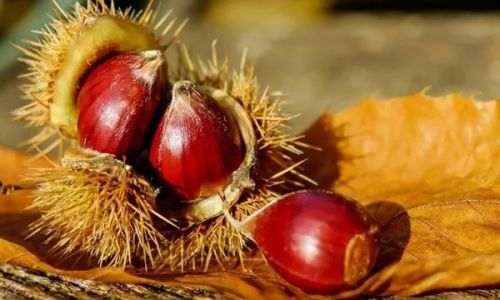
- Week 1–2: Alcohol breaks down cell walls, releasing simple sugars and volatile aromatic compounds.
- Week 3–6: Enzymatic reactions (e.g., Maillard browning in roasted chestnuts) generate complex flavors.
- Week 7+: Polymerization of tannins reduces astringency, while esterification creates fruity esters.
Cultural Perspectives on Soaking Duration
Traditional practices vary widely:
- East Asia: In Korean baekse-ju, chestnuts are soaked for 3–6 months in rice wine, resulting in a medicinal tonic.
- Europe: Italian castagnaccio liqueur uses a 4–6 week infusion, balancing sweetness and bitterness.
- Appalachian Traditions: Some American recipes advocate a 12-week soak in bourbon for a robust, smoky finish.
Conclusion: Finding Your Perfect Timeline
The optimal soaking duration for chestnut-infused liquor is not a one-size-fits-all answer. It hinges on your palate preferences, ingredients, and brewing goals. Beginners may start with a 6-week infusion, adjusting future batches based on tasting notes. Remember that patience is a brewer’s greatest ally—rushing the process often yields a harsh, unbalanced liquor, while allowing time to work its magic can transform simple ingredients into a liquid masterpiece.
Whether you prefer a crisp, young infusion or a velvety aged spirit, the journey of crafting chestnut liquor is as rewarding as the destination. Experiment, document your findings, and savor the nuances that only time can impart. Cheers to the alchemy of nature and patience!
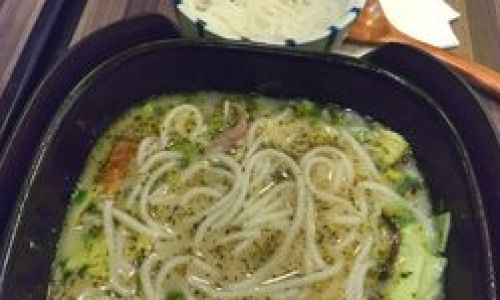
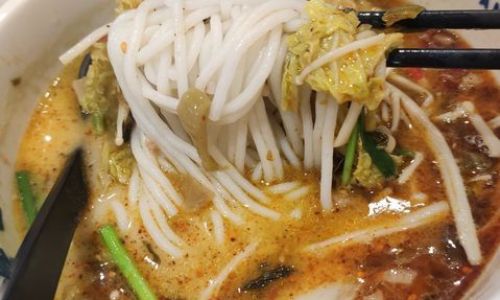
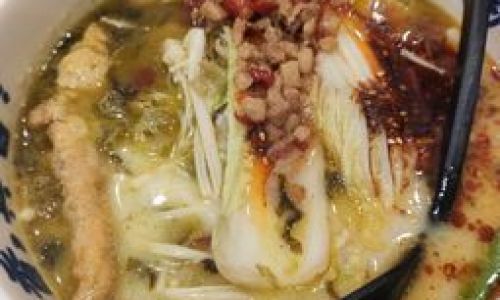
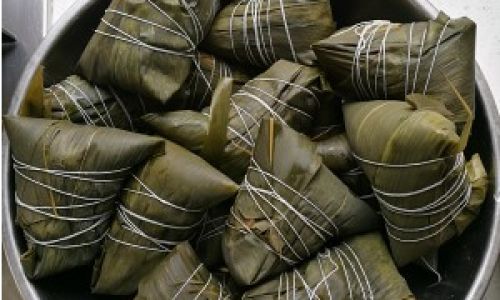
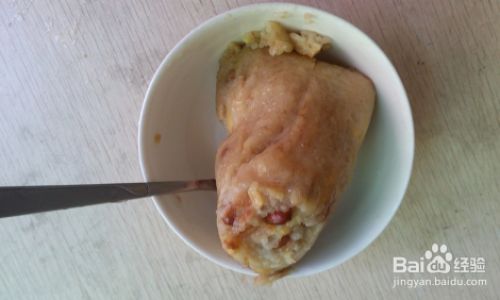

0 comments